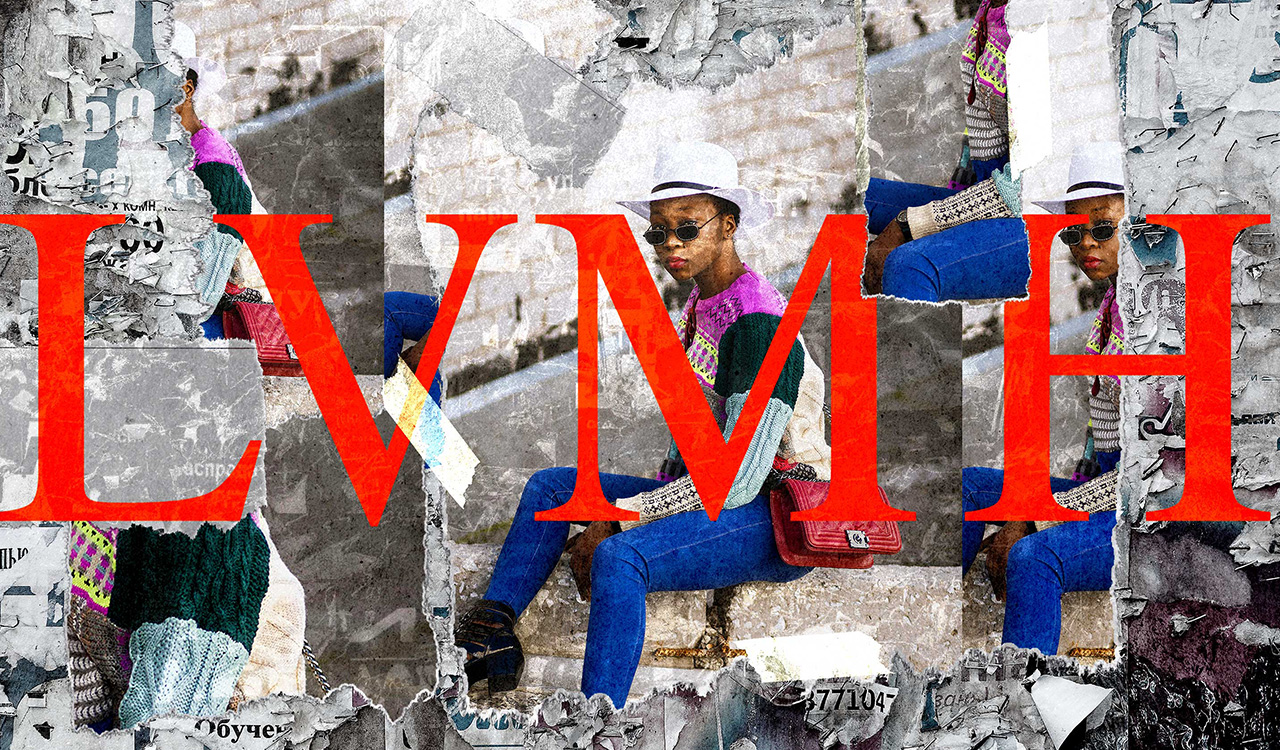The other afternoon on Dateline White House on MSNBC, Nicole Wallace mused with a female guest about what will happen when they can go outside again. Their consensus: They need elastic-banded pants. Their knowing smiles suggest we all will expand our wardrobes.
After a year of relying on figure forgiving leggings, t-shirts and hoodies, entering the once and future world of wardrobes frozen in the amber glow of our year-ago closets may come as yet another shock to our already traumatized selves. Yet it must be said, our year of living Covidly is simply the most recent acceleration in our ever-escalating battle of the bulge.
[callout]It takes the unspoken complicity of an entire industry to ignore what is going on in the lives of its customers.[/callout]
Plus Sized
Since 2000, adult obesity has gone from 30 to 40 percent, while childhood obesity has escalated from nearly 14 to almost 20 percent, according to the National Center for Health Statistics. These numbers don\’t even include what has happened to us in the past year. Clearly, this overweight epidemic is more than the bane of pattern makers at American apparel brands: It results in all manner of causes of death, including high blood pressure, high cholesterol, Type 2 diabetes, coronary heart disease, stroke, gallbladder disease, osteoarthritis, sleep apnea and breathing problems, many types of cancer, low quality of life and mental illness, such as clinical depression and anxiety, and body pains. You get the message.
Indeed, so widespread is this obesity scourge, my colleague and remarkable retail guru Betsy McCullar makes an apparel company\’s sizing strategy one of her very short list of acquisition criteria…right up there with sustainability, management team savvy and brand equity. In this construct, the company is valued based upon its willingness to accept the consequences of bad consumer behavior and simply respond to it with ever larger offerings.
Reality is more complex, of course. Remember how cigarette makers ignored the implications on long-term brand health if the product they made routinely harmed its consumers? Here we go again supporting behaviors that are inherently dangerous.
Against Trend Economics
The balance sheet hurdle is one which the Loft (Sycamore Partners) has dealt with by neglecting a core customer. A recent Tweet announced: \”Unfortunately, due to ongoing business challenges, we have had to make some difficult decisions, which does impact our plus collection. Come fall, our size offering will be 00-18/XXS-XXL. We sincerely apologize for any disappointment.\” The disappointment appears to be among those hoping for sizes beyond 18 (XXL). Stating the obvious, plus sizes are a cost center as they require more fabric.
Why the stumble in normalizing and accepting a universal escalation in consumer girth?
First of all, there are the traditional economic factors. Patterns made for sizes 2 to 10, don\’t neatly transliterate to a size 22 yardstick. The additional pounds don\’t end up in the same parts of the anatomy. Secondly, luxe designs that work for the social X-ray class in their red carpet or at leisure moments are elitist and their leaders are in fear of brand erosion offering plus sizes.
Body Shame
But the problem is not just about design, material cost and manufacturing exigencies. This is where the crossroad where social values and culture collide. There are the plus sizes and then the rest of the world. We crash head-on into the issue of body type and body typing and the old apple-, pear- or banana-shaped female body construct no longer fits.
The evolution of the business model of the cosmetics industry may map a better pathway: Beauty after all was able to ignore for generations the profoundly flawed premise of its one-color-fits-all makeup thinking for Black and brown skin. We are now watching the advent of Black and Hispanic women-owned cosmetic companies thriving and, thrillingly, becoming acquisition targets for big beauty. Can the acceptance of essential silhouette differences be best addressed from the ground up by female minority-run fashion brands? Or by color-blind algorithms, such as the one used by StitchFix?
In Denial
The apparel industry must acknowledge responsibility for its role in our depressing ability to remain in denial. Sizing deflation marks the past 30 years, at least. When I graduated from high school, I weighed 135 pounds and wore sizes 10 and 12 routinely. The ensuing years have seen an additional 15 to 20 pounds creep on my frame, yet today I wear sizes six and eight. There really is only one explanation: unrealistic American sizing helps us mask weight gain.
If food manufacturers refused in provide accurate calorie count information because it might offend people who want to eat the whole bag of Doritos, or alcohol brands re-imagined proof as a statement or guideline upon potential states of inebriation, there would be real-world consequences. Women\’s apparel brands, however, have seen sizing as more of a marketing ploy. As in, \”If I wore size 12 when I was in college and I wear the same size now, I\’m okay, you\’re okay. All good.\”
It takes the unspoken complicity of an entire industry to ignore what is going on in the lives of its customers.
Moving Forward
Genuine transformation, of course, takes more than a Tweet. Look how long it took to convince us that smoking isn\’t good for us, that driving while intoxicated is a bad idea, that littering is anti-social behavior, that only we can prevent forest fires.
I\’ve long wondered why Oprah at Weight Watchers, or some celebrity who loves FitBit as much as I do, can\’t launch a movement apparel brand. It would begin with a common standard of sizing made available to the entire industry. Then launch a fabulous apparel line with a Poshmark or RealReal approach to trading in gently worn items as the weight comes off and a smaller size is required.
In any event, as we emerge from our Covid cocoons, all reports suggest we\’ll surface as bigger versions of our earlier selves. Some estimates say that an extra 20 pounds or so is to be expected. And then the all too predictable health consequences of having survived Covid succumb to obesity-related health challenges. Here\’s a better idea: Let\’s not just shop for elasticized pants. Let\’s reimagine our vision of food, fitness and fashion, supported by the apparel industry.




